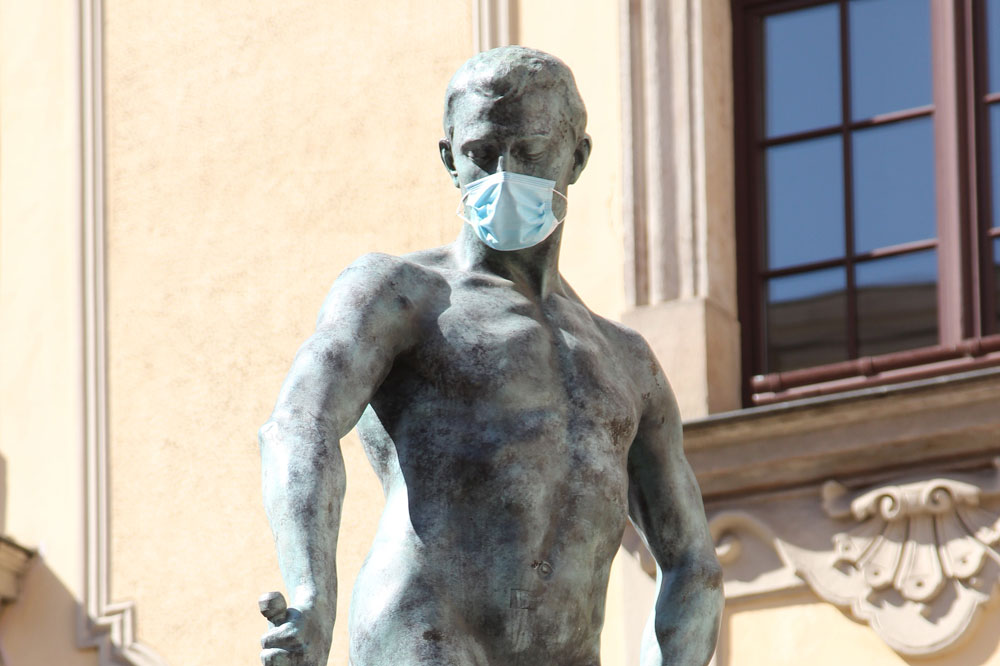
August 5, 2020; ARTNews
Late last week, the Metropolitan Museum of Art laid off 79 employees and furloughed an additional 181. That brings the Met’s total layoffs to about 20 percent of their staff since March, when COVID-19 shutdowns began. The organization cites a $150 million deficit incurred since its closure as its rationale for the layoffs and furloughs.
The Met layoffs are far from isolated. In June alone, Artnet News reported that at least 1,500 employees were laid off from museums across the US, including the Walker Art Center in Minneapolis, The San Francisco Museum of Modern Art, the Art Institute of Chicago, and the Cleveland Museum of Natural History.
This may be only the beginning of a long, hard road ahead for museums and other cultural institutions. According to a survey released by the American Alliance of Museums in July, nearly one in six US museums is at “significant risk” of closing permanently due to the financial impact of the COVID-19 pandemic.
While many museums kept staff employed for longer than their cash on hand would have allowed due to support from the Paycheck Protection Program (PPP), these funds are running out as closures continue and an uncertain fall lies ahead.
In New York, the Met had initially planned to reopen at the end of July but moved its target date back to August 29th when Governor Andrew Cuomo (D) announced that museums and cultural institutions would not be included in New York City’s phase four reopening plans. It is still unclear whether the museum will in fact be able to reopen that soon. In Los Angeles, museums were allowed to reopen on June 12th but then were ordered to close again on July 1st as COVID-19 cases surged.
Sign up for our free newsletters
Subscribe to NPQ's newsletters to have our top stories delivered directly to your inbox.
By signing up, you agree to our privacy policy and terms of use, and to receive messages from NPQ and our partners.
Ever-changing reopening dates and the general uncertainty surrounding the future of museums are taking their toll on museum workers.
“There’s a general psychological weight for art and museum workers now,” says Art + Museum Transparency, an art workers’ collective that works to improve museum working conditions. “Those that have not yet been laid off or furloughed know that more layoffs are imminent but lack a seat at the table in decisions directly affecting them, so are working in a state of limbo for weeks at a time.”
Some museums and museum workers are getting creative in the face of these challenges. At institutions like the Brooklyn Museum, employees are coming together to start mutual aid funds using tools like GoFundMe to support their laid off and furloughed coworkers .
Many more, the Met included, are finding ways to bring the museum experience online. Institutions have worked quickly to bring virtual tours, audio guides, interactive courses and other engaging content into their digital properties, and the reception has been largely positive. The Musée de Louvre in Paris has reported a tenfold increase in its web traffic, and the Met has reported massive growth in its #metkids youth offering. However, many of these initiatives are difficult to monetize, and expensive to produce, especially during a time when institutions are already losing huge amounts of money every week.
“No one can predict how long this new programming, operational, business, and revenue model will need to be in place,” said David Resnicow, the president and cofounder of Resnicow and Associates, a consulting agency for museums and other cultural institutions. “Still, the mission of the museum has not changed and the kinds of experiences that museums provide have never been more important.”—Alyssa Conrardy













